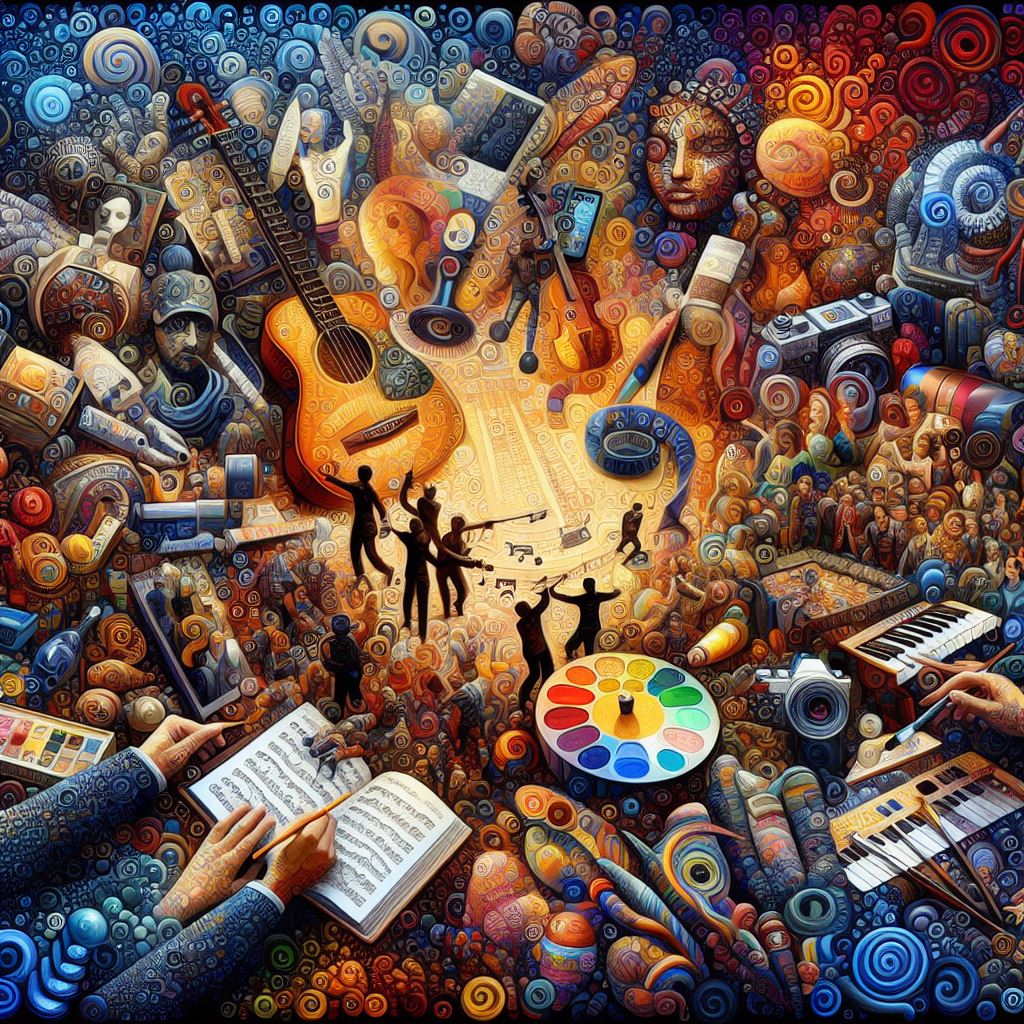Immigration has been a driving force behind cultural exchange and artistic innovation throughout history. As individuals and communities migrate across borders, they bring with them their unique experiences, traditions, and artistic expressions. The impact of immigration on the arts is far-reaching, enriching societies and influencing the creative landscape in profound ways. This article explores how immigration fosters diversity, creativity, and the evolution of creative forms, while also addressing some of the challenges faced by immigrant artists.

Cultural diversity and enrichment
Immigration injects new perspectives, traditions, and cultural practices into the artistic milieu of a host country. Migrant artists often draw from their heritage and personal experiences, creating a fusion of influences that result in vibrant and diverse artistic expressions. This infusion of cultural diversity not only broadens the artistic palette but also challenges societal norms, encouraging dialogue and understanding between different communities.
Artistic innovation and hybridity
The collision of different artistic traditions and practices through immigration leads to a cross-pollination of ideas and techniques. Immigrant artists often blend their cultural heritage with the creative styles and trends of their host country, giving rise to new and innovative forms of artistic expression. This process of hybridity pushes the boundaries of traditional art forms, revitalizing them and fostering creative experimentation.
Preservation of heritage and traditional arts
Migrant artists play a crucial role in preserving and revitalizing traditional arts that may be at risk of being lost or forgotten. Through their work, they transmit cultural knowledge, skills, and stories to future generations, ensuring the continuity of rich artistic traditions. Immigrant communities become living repositories of their cultural heritage, fostering a sense of pride and identity while providing opportunities for cultural exchange and education.
Social commentary and advocacy
Immigrant artists often utilize their creative platforms to address social and political issues, giving voice to marginalized communities and advocating for change. Their experiences of displacement, identity, and cultural adaptation inspire powerful artistic expressions that challenge stereotypes, humanize complex narratives, and foster empathy. Through their art, migrant artists contribute to the cultural fabric of their host country by promoting dialogue, understanding, and social transformation.
Economic and cultural contributions
Immigrant artists make significant economic contributions to the arts industry. They establish businesses, galleries, and cultural organizations, creating job opportunities and stimulating economic growth. Their unique artistic products and performances attract diverse audiences, contributing to tourism and cultural exchanges. Migrant artists also serve as cultural ambassadors, showcasing their heritage and fostering intercultural dialogue, which benefits society as a whole.
Bridging communities and building bridges
The arts can connect immigrant groups to the host society even if people don’t speak the same language or culture. Immigrant artists often act as cultural mediators, facilitating communication and understanding between different groups. Through their art, they create spaces for cross-cultural interaction, fostering empathy, mutual respect, and social cohesion. The arts become a catalyst for building bridges and forging connections within diverse communities.
Artistic resilience and adaptability
Migrant artists possess a unique resilience and adaptability born out of their experiences of migration and cultural adjustment. They are often adept at navigating unfamiliar environments, embracing change, and finding creative solutions to challenges. This resilience translates into their artistic practice, enabling them to explore new artistic territories, experiment with unconventional materials and techniques, and adapt to evolving creative trends. Immigrant artists inspire others with their ability to overcome adversity and transform personal struggles into powerful artistic expressions.
Global artistic networks and exchanges
Immigration fosters global artistic networks and exchanges, enabling artists from different countries to collaborate and share their expertise. Migrant artists bring their networks and connections, creating opportunities for cultural exchange and collaboration between their home country and the host country. These exchanges lead to the transfer of knowledge, creative techniques, and creative ideas, further enriching the artistic landscape and fostering international understanding and cooperation.
Legacy and long-term influence
The contributions of immigrant artists have a lasting impact on the arts, shaping the cultural fabric of societies for generations to come. Their work influences future generations of artists, inspiring them to explore new artistic territories, challenge conventions, and embrace diversity. Migrant artists leave a lasting legacy by broadening the artistic canon and expanding the understanding of what constitutes art. Their impact transcends borders and continues to resonate, making the arts a powerful tool for cultural evolution and social change.
Challenges and barriers
While immigration brings numerous benefits to the arts, immigrant artists also face unique challenges. Language barriers, cultural assimilation, and navigating unfamiliar artistic networks can pose significant obstacles to their professional development. Additionally, immigration policies and visa restrictions can limit their opportunities, leading to underrepresentation and limited access to resources. Addressing these challenges requires inclusive policies, support systems, and recognition of the contributions made by migrant artists.
You may also like these related articles:
